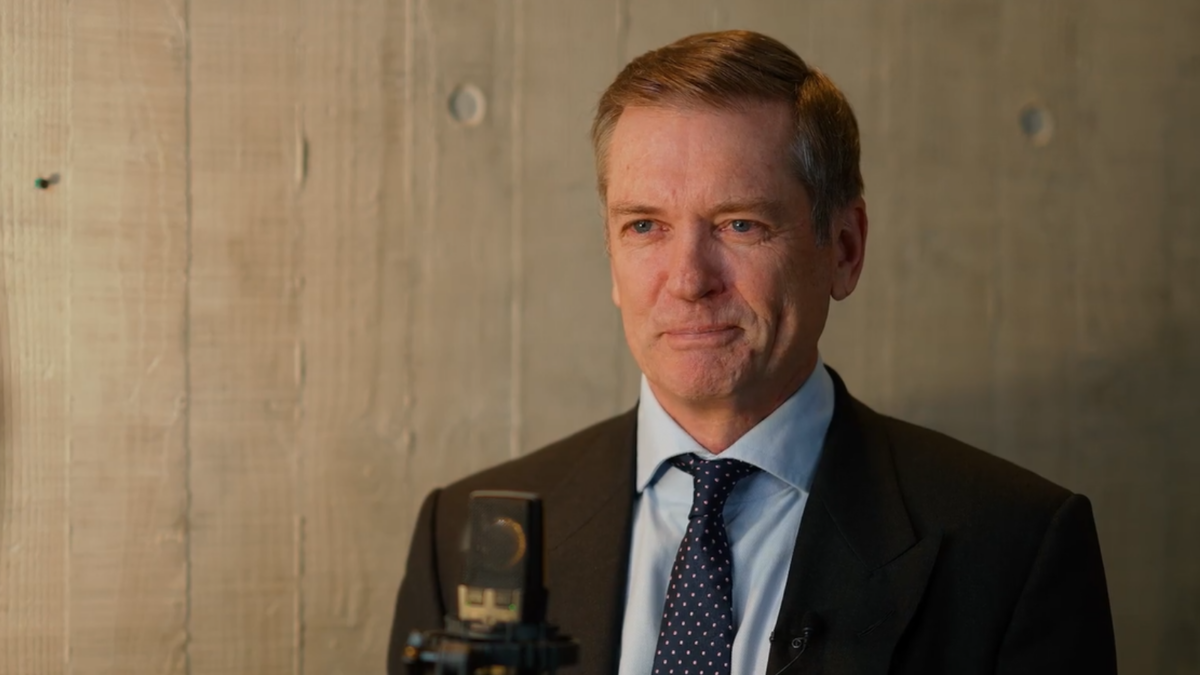Australia’s growth prospects darken as world enters ‘perilous phase’: IMF
The International Monetary Fund (IMF) has downgraded its expectations for the global economy in the face of persistent inflation pressures and rising financial stability risks, saying the world is “entering a perilous phase”. Australia is tipped for particularly weak short-term growth, while the IMF listed its housing market among the riskiest of developed nations.
In a trio of semi-annual reports released earlier this month, the fund said risks to financial stability have increased significantly since its previous round of reporting in October 2022 as the resilience of the global financial system has been severely tested. As a result, it has downgraded its expectations for gross domestic product (GDP) growth globally.
“The baseline forecast, which assumes that the recent financial sector stresses are contained, is for growth to fall from 3.4 per cent in 2022 to 2.8 per cent in 2023, before rising slowly and settling at 3 per cent five years out – the lowest medium-term forecast in decades,” the IMF said in its World Economic Outlook for April 2023, titled “A rocky recovery.”
For advanced economies, growth is expected to slow even further, from 2.7 per cent in 2022 to 1.3 per cent in 2023.
The report cited the recent ructions in the banking sector, sticky inflation, the Russia-Ukraine war and the ongoing COVID-19 recovery as clouding the economic outlook. It said policymakers have a “narrow path to walk” to avoid recession and urged central banks to remain committed to fighting inflation.
“Tentative signs in early 2023 that the world economy could achieve a soft landing – with inflation coming down and growth steady – have receded amid stubbornly high inflation and recent financial sector turmoil,” the report stated. “Despite the fillips from lower food and energy prices and improved supply chain functioning, risks are firmly to the downside with the increased uncertainty from the recent financial sector turmoil.”
In Australia, the housing market represents a big risk as rising rates dampen demand and depress prices, according to the IMF. In a ranking of 27 countries’ indicators of housing market risk, only Canada has a riskier housing market than Australia (see chart).

“Housing markets and prices are likely to cool more and be more sensitive to policy rate hikes in economies in which house prices rose more during the pandemic,” the report stated. “Economies with high levels of household debt and a large share of debt issued at floating rates are more exposed to higher mortgage payments, with a greater risk of experiencing a wave of defaults.”
Hard landing looms larger
With the report warning advanced economies face a more pronounced downturn – especially commodity-rich countries that enjoyed strong growth in recent years – Australia appears to be in a particularly vulnerable situation with respect to growth. Following 3.7 per cent GDP growth in 2022, Australia’s economic growth is projected to slow to 1.6 per cent this year before ticking up to 1.7 per cent in 2024, lower than the average for advanced Asian economies.
However, that’s better than the eurozone, where growth is expected to slow to 0.8 per cent in 2023, and the UK, which is tipped to see its economy contract by 0.3 per cent. GDP growth projections for the US and New Zealand were also low, at 1.6 per cent and 1.1 per cent, respectively. China’s GDP, in contrast, is expected to grow by 5.2 per cent this year.
“A hard landing – particularly for advanced economies – has become a much larger risk,” the report said.
Meanwhile, inflation, which remains key to central banks’ monetary policy decisions and the longer-term economic outlook, is set to fall from 8.7 per cent in 2022 to 7 per cent in 2023, the report said, citing lower commodity prices. Underlying inflation will continue to see a slower decline, though, and a return to target inflation levels before 2025 is unlikely, the IMF said.
In Australia, the fund forecast the consumer price inflation rate to fall from 6.6 per cent in 2022 to 5.3 per cent in 2023, slowing to 2.6 per cent by 2028.
The expected global slowdown is also projected to increase unemployment rates, which have recently been plumbing record lows in many advanced economies. The IMF said Australis’ unemployment rate will likely rise from 3.7 per cent in 2022 to 4.1 per cent by 2024.
In the report, however, IMF director of research Pierre-Olivier Gourinchas played down the risks of inflationary pressures prompting a wage-price spiral, saying inflation expectations, importantly, remain well anchored.
“More worrisome is that the sharp policy tightening of the past 12 months is starting to have serious side effects for the financial sector, as we have repeatedly warned might happen,” he said.
“We are… entering a perilous phase during which economic growth remains low by historical standards and financial risks have risen, yet inflation has not yet decisively turned the corner. More than ever, policymakers will need a steady hand and clear communication.”











